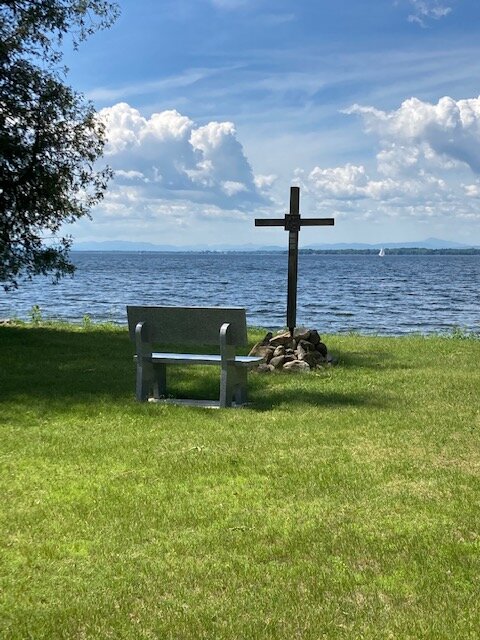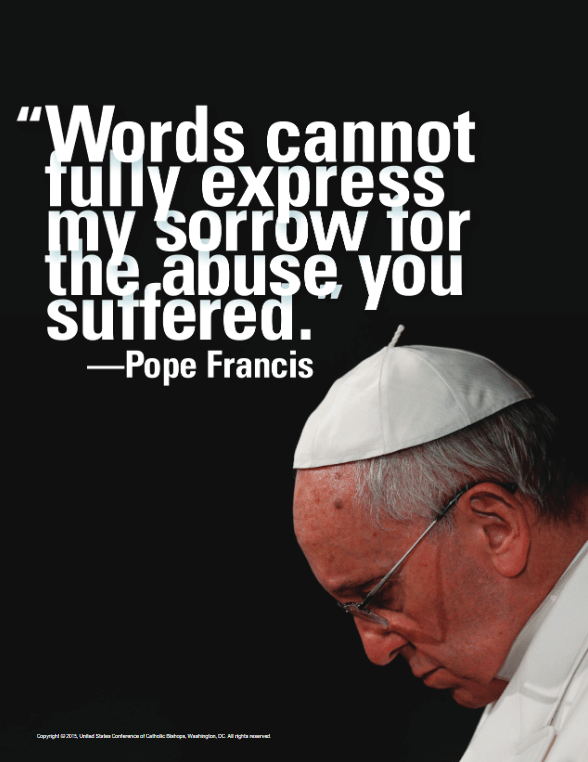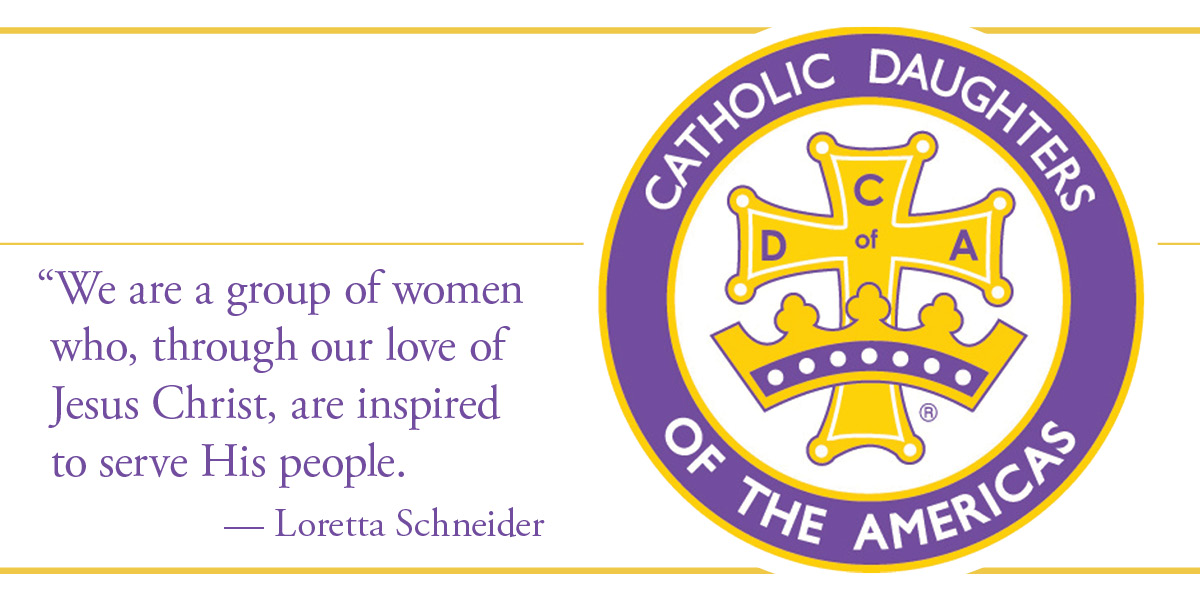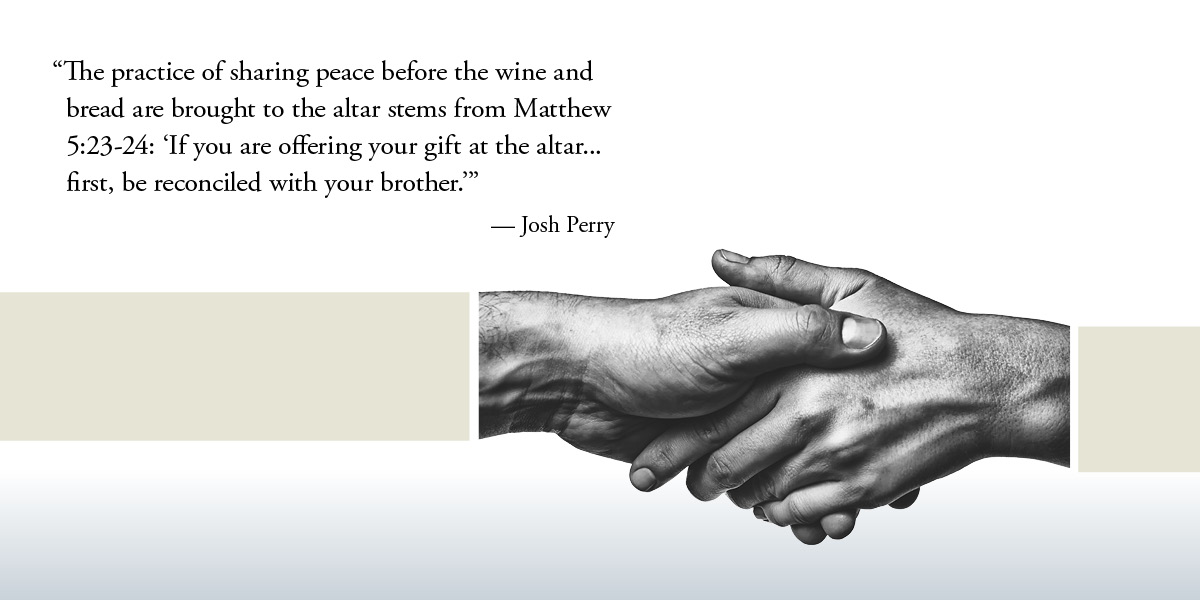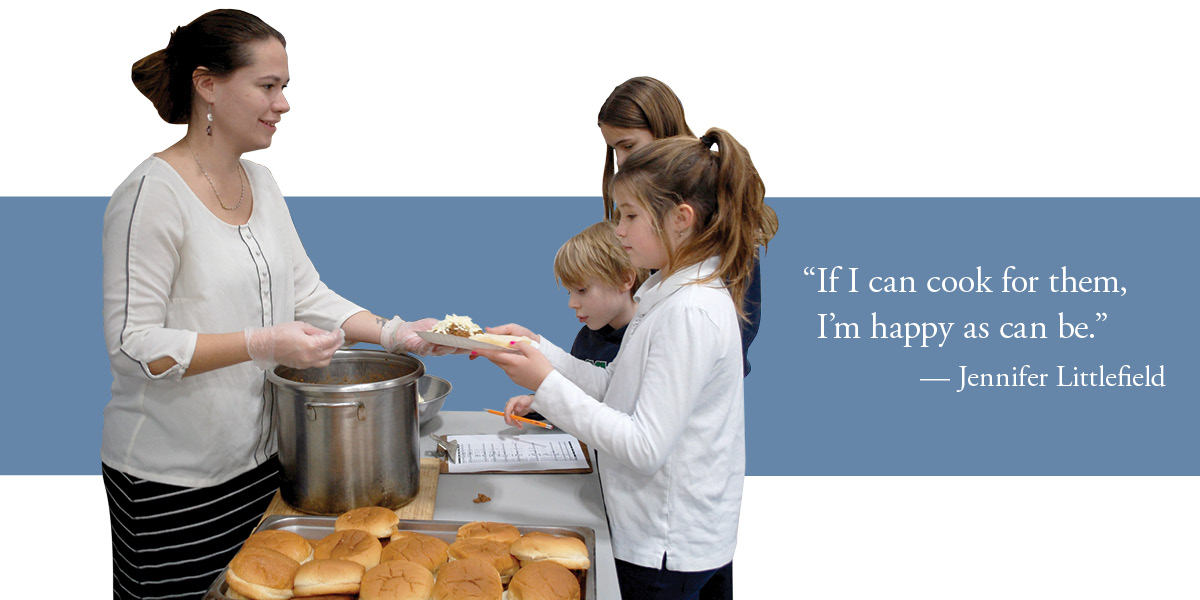
Fourteen-year-old Miranda Caron, an eighth grader at Good Shepherd Catholic School in St. Johnsbury, is not one of those teens who complains about her school’s hot lunches. In fact, she said the meals prepared by Jennifer Littlefield, the lunch coordinator, “are like home-cooked meals and really good.”
Her favorite is the baked ziti. “She gives us really good portions of everything,” Miranda said.
There is a general consensus about the high quality of the lunches. Gabe Emmons, 12, a seventh grader, said the lunches not only taste good, they are satisfying: “They’re healthy but they’re good healthy.”
Jo Anna Hall, one of the tutors at the school, often eats hot lunch there. “The food is delicious. (Littlefield) wants to prepare things the kids want to eat and are still good for them,” she said.
Sloppy Joes were on the menu on a recent Tuesday, and Littlefield admitted she had “snuck in” green peppers, onions and fresh tomatoes. But as per student requests, she does not add any vegetables to her macaroni and cheese.
Lunches include salad, fruit and milk. Littlefield makes her own bread, like braided garlic bread, and she varies the menu with entrees that also include breakfast pizza and cheddar broccoli soup.
A single serving costs $3.75 and $2 for an extra.
Littlefield plans the lunches, shops for the food, cooks, serves, leads the students in a prayer of thanksgiving and cleans up. Then she goes on to teach science in the afternoon and tutor students in math and reading.
This is the first year she has headed the lunch program, which serves 30-40 students daily.
Principal Lynn Cartularo is pleased with the lunch program. “We tried to do a hot lunch program for about six years, and things came together this year. We have nutritious meals the kids love and somebody who is reliable and wants to do it.”
Littlefield is pleased to have the opportunity to cook for the students. “I grew up in my great-grandmother’s kitchen” in Newark, she said. It was Laurie (“Tommie”) Rogers who taught her home cooking from scratch and even had her own vegetable garden and chickens, cows and goats.
Now Littlefield, a wife and mother of two who lives in Barnet and is a parishioner of Corpus Christi Parish based in St. Johnsbury, does a lot of home cooking.
When the opportunity arose to cook the students’ hot lunches, she “absolutely” wanted to take on the job. “I want to bring healthy food to them each day,” she says. “Cooking, feeding and taking care of people is my ‘love language,’” she says. “If I can cook for them, I’m happy as can be.”
—Originally published in the Spring 2024 issue of Vermont Catholic magazine.

